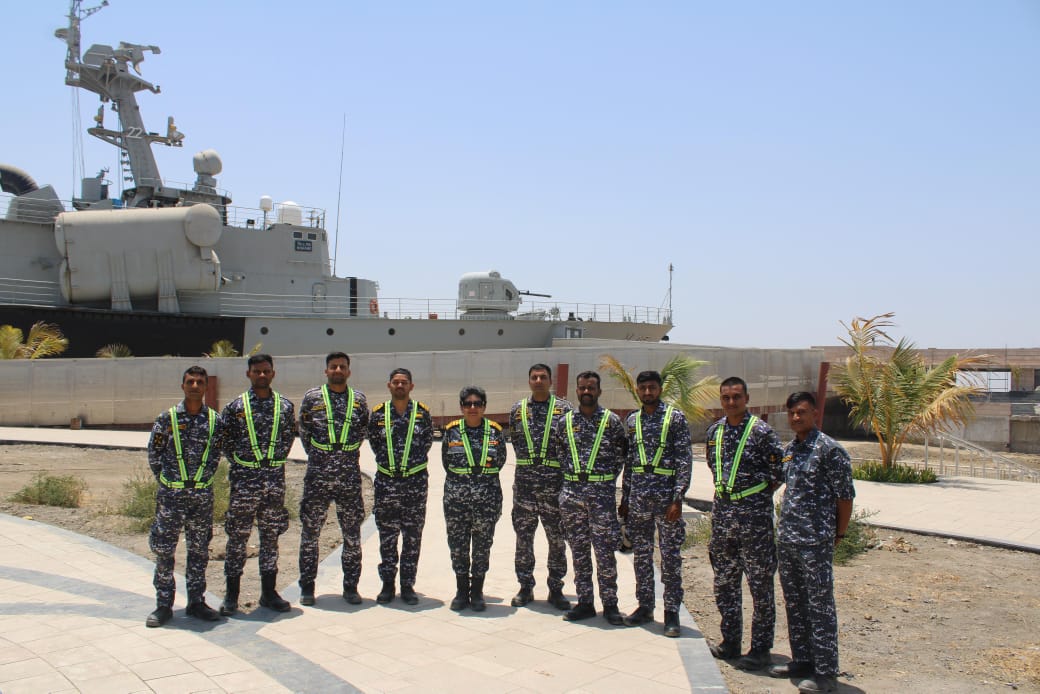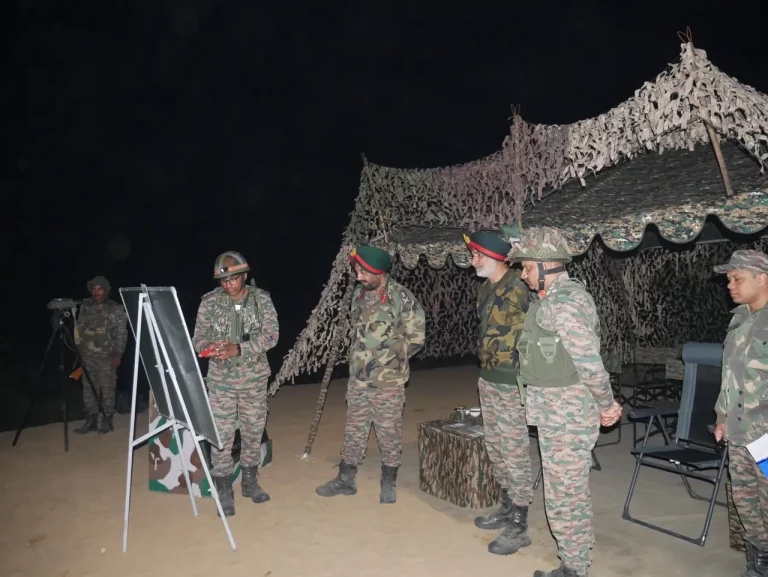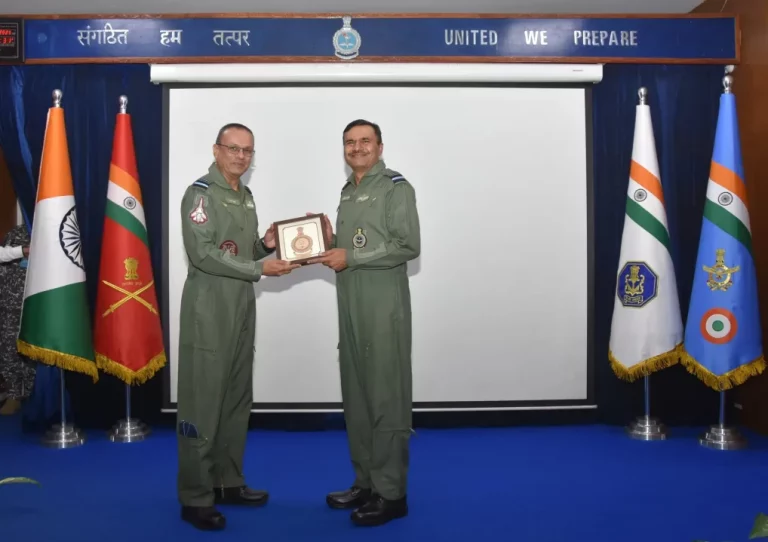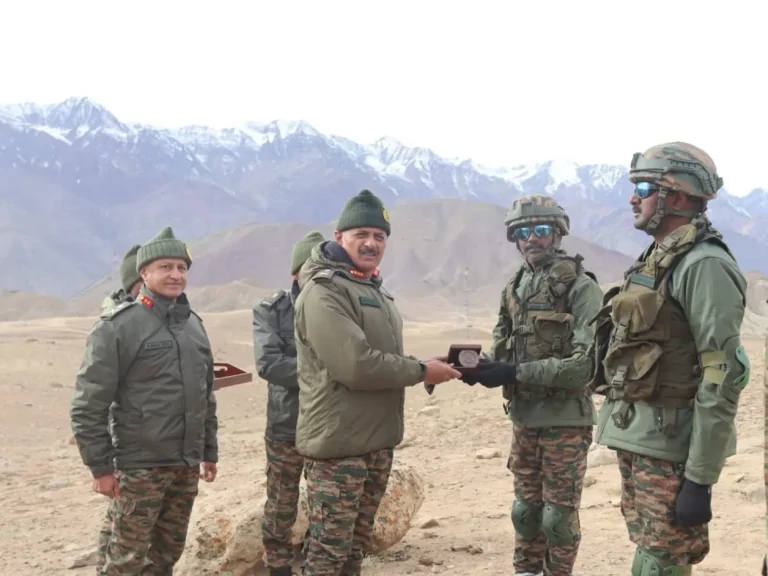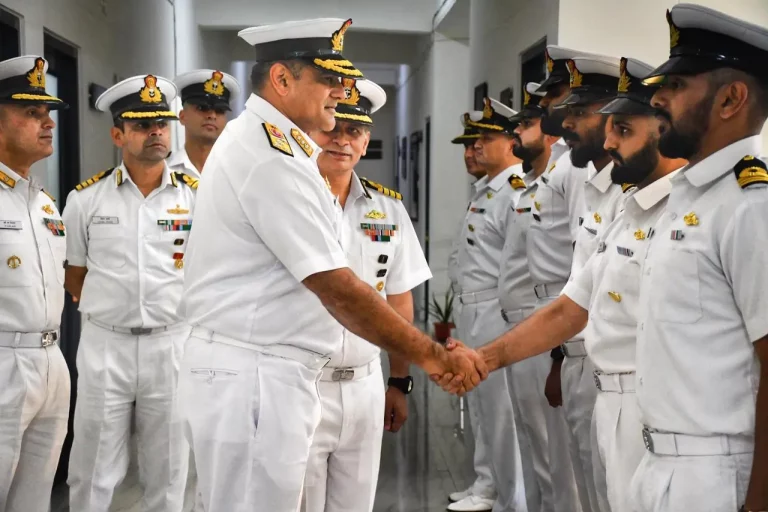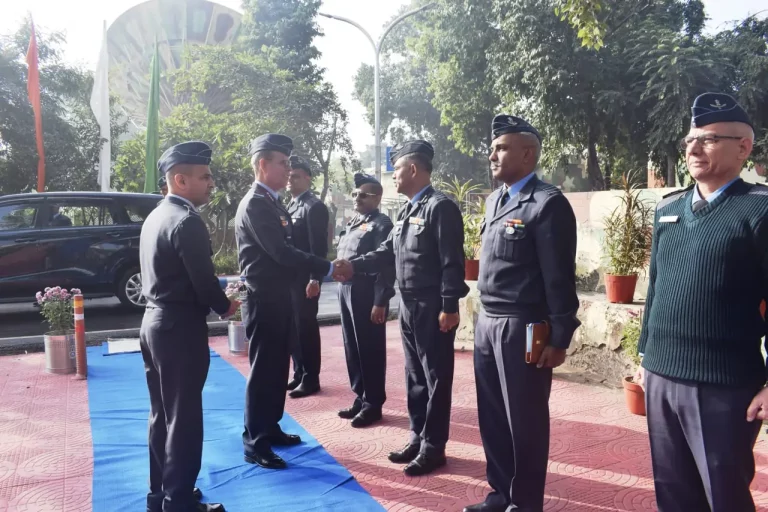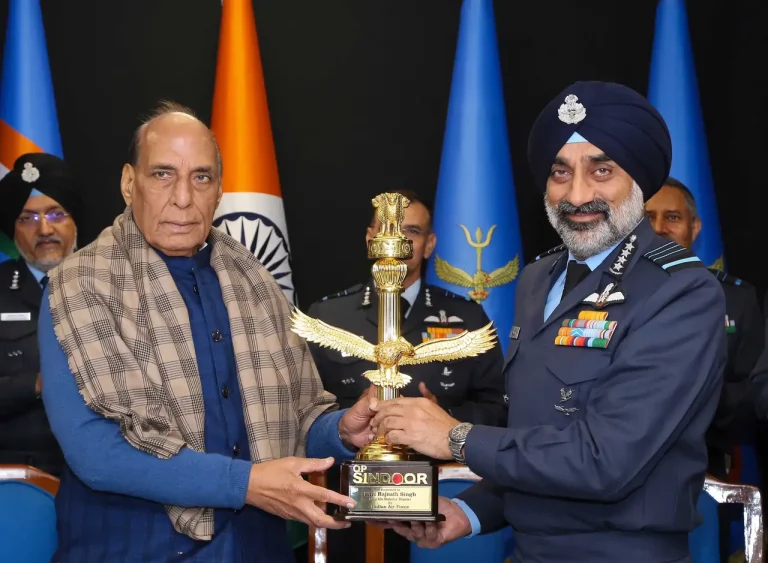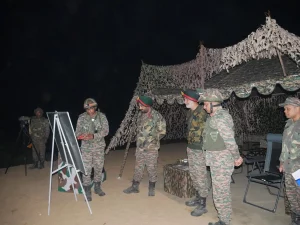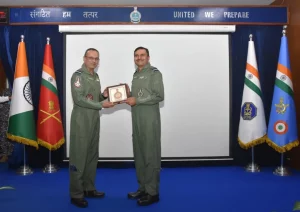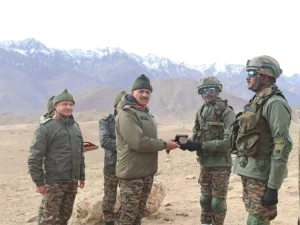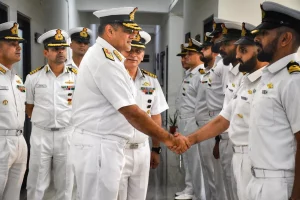In a notable demonstration of India’s rich maritime heritage, Surgeon Vice Admiral Kavita Sahai, the Director General Medical Services (Navy), visited the National Maritime Heritage Complex (NMHC) along with the historic archaeological site of Lothal on April 26, 2025. This visit emphasizes the Indian Navy’s commitment to honoring the country’s ancient seafaring history while promoting its current evolution as a modern maritime force.
Assuming her role as DGMS (Navy) on October 14, 2024, Vice Admiral Sahai explored several significant exhibits at the NMHC, including the decommissioned warship Ex-Nishank and the IL-38SD maritime reconnaissance aircraft. The Ex-Nishank, a Veer-class missile corvette, served for over 30 years and played a critical role in key military operations such as Operation Vijay during the 1999 Kargil War. The IL-38SD aircraft is indicative of the Navy’s expanded operational capabilities and technological advancements.
During her visit, Vice Admiral Sahai also reviewed the progress of NMHC’s Phase 1A, which encompasses 35 acres and features five themed galleries along with a dedicated naval gallery. This phase forms part of a ₹774.23 crore project initiated under the Ministry of Ports, Shipping, and Waterways’ Sagarmala initiative.
Situated near the ancient city of Lothal, recognized as a major port of the Indus Valley Civilization around 2400 BCE, the NMHC aims to connect India’s maritime history with its contemporary development. Lothal was once a thriving trade center with ties to Mesopotamia and is believed to house one of the earliest dockyards in the world. Artifacts such as seals from the Persian Gulf discovered at the site highlight the sophistication and depth of ancient maritime trade in India.
At the Varuna Naval Complex, Vice Admiral Sahai held a conference with key stakeholders, including representatives from the Naval Liaison Team, the Indian Navy Gujarat Naval Area, the NMHC team, and Tata Projects Ltd., which is managing the construction. The discussions encompassed the development of the naval gallery, the integration of historical narratives, and the necessity of aligning modern naval achievements with India’s long-standing maritime heritage.
Praising the collective efforts involved, Vice Admiral Sahai underscored the critical role of heritage preservation in bolstering national identity. She articulated the importance of NMHC as a venue for public education and as a reaffirmation of the Navy’s duty as a contemporary steward of India’s rich seafaring legacy.
This visit follows a series of initiatives aimed at enhancing operational and medical capabilities in various naval regions, including a recent evaluation of healthcare infrastructure in the Andaman and Nicobar Islands.
As the NMHC approaches completion, it is set to become a landmark destination that celebrates India’s extensive maritime journey—from the ancient dockyards of Lothal to modern naval vessels—presenting a compelling narrative of continuity, resilience, and maritime excellence.
